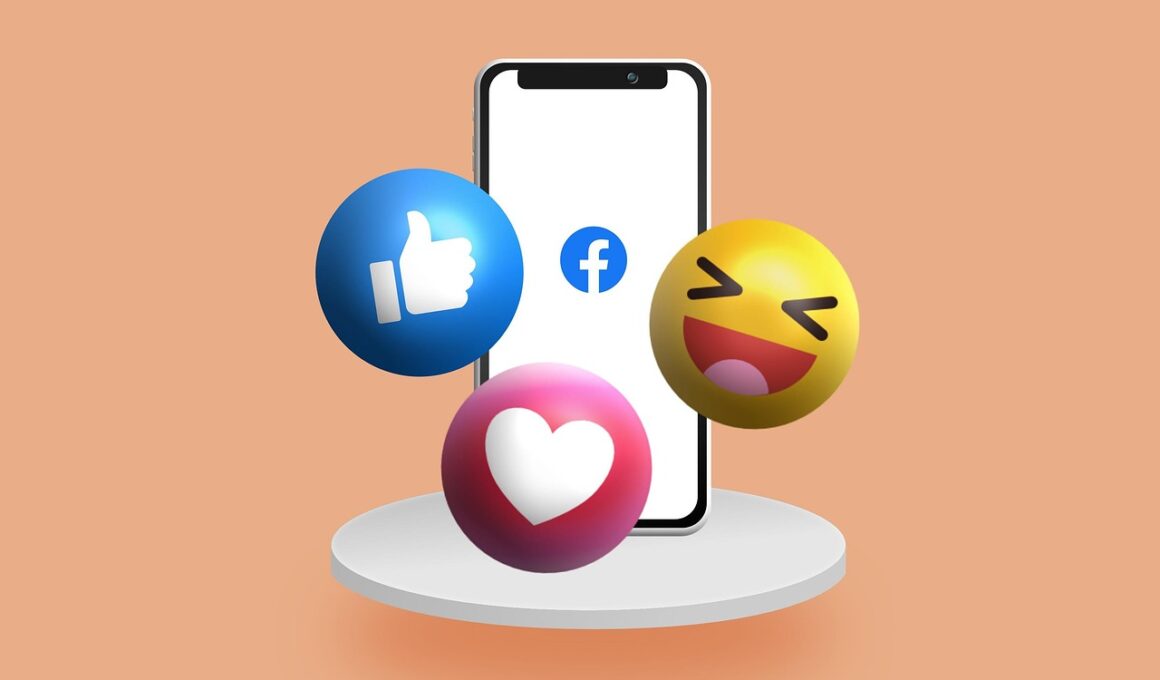The Influence of Viral Marketing on Consumer Behavior Over Time
The history of viral marketing traces back to the late 1990s, when companies first realized the power of online communication to spread their messages rapidly. With the rise of platforms like email and early social media, brands began crafting campaigns designed to encourage sharing and engagement. This innovative approach introduced a new era in marketing, as advertisers recognized that a single interesting idea could lead to exponential growth in visibility. Pioneering campaigns, like Hotmail’s “Get your free email at Hotmail” link at the bottom of emails, showcased how referrals could lead to user acquisition. Advertisers sought to utilize both humor and entertainment in their messages to increase sharing likelihood, effectively transforming how consumers interacted with brands. Moreover, they discovered that providing value, such as discounts or exclusive content, could also entice sharing. The synergy of creativity and technology laid the foundation for viral marketing, establishing it as a critical element of modern marketing strategies. As the internet evolved, particularly with the advent of social media, brands increasingly sought new ways to engage consumers through compelling content that encouraged virality.
Early Examples of Viral Marketing
Early viral marketing campaigns set significant precedents for how brands interacted with their consumers. An iconic example is the 2000 campaign by the beverage company, Pepsi, which cleverly utilized the concept of giveaways through a television advertisement featuring the tagline, “Pepsi Stuff.” People were encouraged to collect points by purchasing products and redeem them for prizes ranging from T-shirts to jet skis. The interconnectedness of consumer behavior and incentive-based marketing fostered a sharing culture, inviting participants to share their experiences about the rewards. This campaign not only drove sales but also expanded consumer discussion online, showcasing the potential of viral marketing before the full-blown social media phenomenon. The positive results from such campaigns prompted a flurry of brands to adopt similar strategies in the following decade. Nevertheless, it was the dot-com boom and the subsequent explosion of online platforms that propelled viral marketing into the mainstream. Marketers began leveraging user-generated content, where consumers themselves became brand ambassadors. Thus, this era marked a pivotal shift in consumer behavior, as audiences started actively participating in marketing narratives.
The advent of social media platforms further transformed viral marketing, allowing for instantaneous sharing and engagement. This new environment primed brand messages for rapid dissemination, leading to channels like Facebook, Twitter, and later Instagram to emerge as critical battlegrounds. The speed at which information traveled created a unique opportunity for marketers to capitalize on trends and user interests. Brands that effectively utilized storytelling and emotionally appealing content found immense success; these narratives often resonated more strongly than traditional advertising. Viral content was no longer limited to purely visual elements; humans felt compelled to share stories and experiences they related to. Simultaneously, the functionality of these platforms enabled users to engage, comment, and share with their networks. The capacity for a single piece of content to reach millions worldwide in hours reshaped both marketing and consumer behavior significantly. Advertisers learned to adapt their messages to the context of these platforms, integrating user interaction and feedback loops. Slowly, brands began to shift their focus from simply pushing advertisements to creating organic conversations and fostering meaningful connections, ultimately altering the landscape of consumer engagement.
Modern Influencers and Viral Marketing
As we delved into the 2010s, the rise of influencers marked another pivotal moment in viral marketing history. Influencers, individuals with significant followings on social media platforms, began collaborating with brands to promote products authentically. This approach relied on the trust and connection influencers had cultivated with their audiences, lending credibility to advertising messages. Brands recognized that consumers often responded more positively to recommendations from people they followed rather than traditional advertisements, reinforcing the transition towards authenticity. The adoption of influencer marketing allowed for a new dimension within viral campaigns, where brand messages could easily spread organically through personal narratives and relatable content. Moreover, platforms like YouTube and Instagram enabled the quick production and sharing of creative content, further fueling the potential for virality. This phenomenon led to the development of specialized marketing strategies focused on identifying and collaborating with the right influencers. The added layer of consumer-to-consumer influence catalyzed a significant shift in marketing dynamics, making it essential for brands to maintain genuine relationships with their audiences while adapting to evolving consumer preferences.
The intersection of emotion and marketing has always yielded powerful results in driving consumer behavior. Marketers recognized that, alongside entertainment, evoking strong emotional responses led to higher sharing rates and engagement. Campaigns leveraging humor, inspiration, and even nostalgia found immense success in creating a lasting impact on audiences. With the viral marketing landscape continually evolving, the importance of emotional resonance in campaigns cannot be overstated. Brands began crafting narratives that tugged at the heartstrings, urging consumers to share their personal stories in response. By employing empathy-driven marketing, companies experienced greater levels of community engagement and loyalty. Furthermore, this often resulted in user-generated content that enriched brand narratives, offering consistency and authenticity. The blending of emotional storytelling with practical marketing strategies marked a pivotal direction in shaping consumer behavior over time. Consumers now actively sought out and shared content that resonated with them on a deeper level. Consequently, marketers invested time into developing emotionally engaging content, intensifying the interplay between marketing campaigns and consumer reactions.
The Future of Viral Marketing
Looking ahead, the evolution of viral marketing continues to pose new opportunities and challenges for brands. As technology advances, particularly in the realms of artificial intelligence and data analytics, marketers have access to increasingly sophisticated tools for targeting and engaging their audiences. Predictive analytics enable brands to foresee trends and consumer preferences, allowing them to craft timely, relevant campaigns aimed at spurring viral sharing. Additionally, the ongoing rise of new platforms and technologies signifies the necessity for brands to adapt continuously. Video content, virtual reality experiences, and interactive features are paving the way for unique marketing tactics that can capture consumers’ attention. The need to stay attuned to the shifting cultural landscapes becomes paramount as consumers grow more discerning in their choices. Authentic engagement will remain essential; fostering communities and genuine interactions will supersede mere transactional exchanges. As we continue to witness the fusion of marketing strategies and consumer engagement, the ability to create shareable, user-driven content will undoubtedly dictate the future trajectory of viral marketing and its influence on consumer behavior.
In conclusion, viral marketing has profoundly influenced consumer behavior throughout its history, evolving in response to advancements in technology and changes in cultural dynamics. From its early days of email referrals and early social media campaigns to influencer partnerships and emotional storytelling, the landscape has transformed significantly. Marketers have learned to embrace the interactive nature of their audiences, cherishing collaboration over control. Consumers, empowered by technology, have become active participants in shaping brand narratives. Viral marketing, built on creativity, emotion, and authenticity, has resulted in a distinct shift in consumer expectations, promoting true engagement over traditional advertisements. This dynamic interplay between brands and their audiences echoes in today’s marketing strategies, reflecting an understanding that relatability and connection matter more than ever before. As we take on future innovations, fostering genuine relationships will be crucial for brands seeking to navigate the complexities of modern consumer behavior. Ultimately, it is this adaptability and commitment to transparency that will ensure the longevity and relevance of viral marketing, driving meaningful interactions in an ever-changing marketing landscape.


